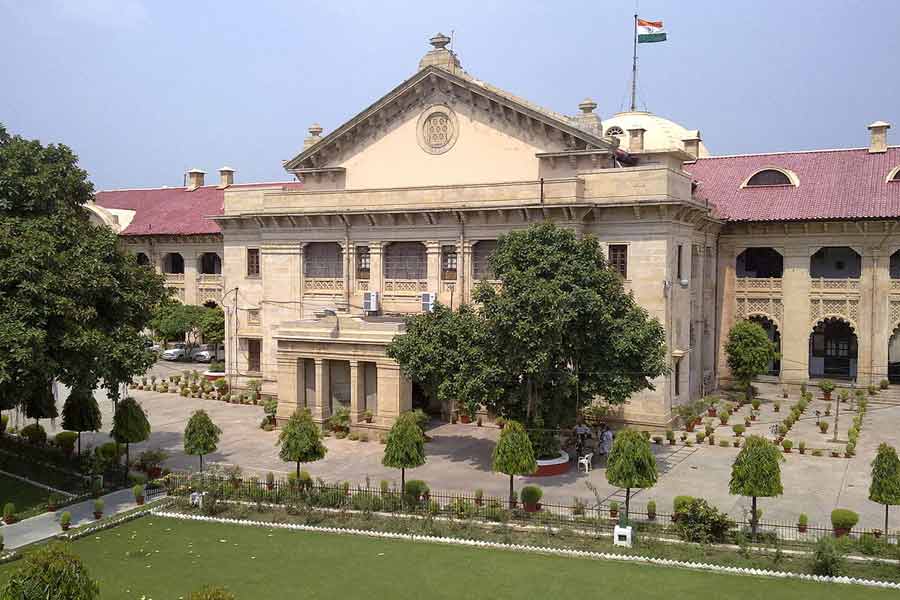 |
| Garlic cultivation in Dhemaji district. Telegraph picture |
Nagaon, Aug. 21: The Dhemaji administration plans to scientifically approach the traditional garlic cultivation in the north Assam district to increase its production.
The initiative, taken under the centrally sponsored Horticulture Mission for North East, aims to assist garlic farmers with technical, financial and manpower support.
Deputy commissioner M.S. Manivannan said they would provide support to 440 garlic farmers in 22 groups covering 180 hectares in the flood-prone district in the upcoming season.
“We will assist them in choosing the right varieties. Officials of the local agriculture department will arrange for training of the farmers in a phased manner and all expert support will be provided to the cultivators. Fifty per cent of the production cost will be provided under the programme. Arrangements will also be made to assist the farmers to sell the products,” Manivannan said.
Dhemaji district has more than 50,000 hectares of cultivable land, one third of which is used for horticulture. Traditional garlic cultivation covers as many as 350 hectares of the highland area.
Dhemaji district agriculture officer Mahendra N. Phukan said 1,250 kg garlic per hectare is produced in the district in case of traditional varieties. Scientific cultivation could increase the productivity to 5,000 kg per hectare.
“Last year, we made an experiment by assisting 23 groups of farmers to go for scientific cultivation of garlic in 11.5 hectares. Financial and technical support was provided to the farmers under Agricultural Technology Management Agency. The feedback was satisfactory as productivity touched 5,000 kg per hectare,” Phukan said.
Farmers’ reluctance to go for fertiliser and mineral use, ignorance about the basic diseases of the tuber and finally hesitation to accept the new concept of garlic cultivation stand in the way of high productivity.
Lakhimpur and Dhemaji, the two north Assam districts, besides Darrang and Barpeta are known as pockets of garlic cultivation in Assam.
“Well-drained sandy loom rich in organic matter with soil Ph 5.5 to 7 is best for garlic. As sowing season is from September to October and harvesting time is February and March, farmers of flood-prone districts take maximum advantage of the season,” a source in the agriculture department said.
Low production of garlic and onion in the northeastern states and farmers’ reluctance to go for largescale production push the region to depend more on other states, the source added.
“If some significant measures are taken that can inspire farmers to go for largescale cultivation of the tuber, we can expect a good percentage of the region’s garlic requirement to be fulfilled,” the source said.











